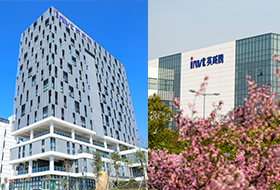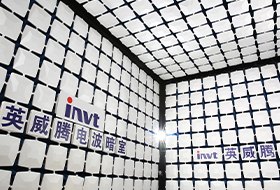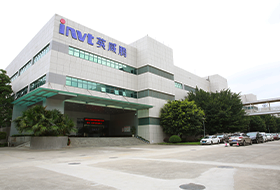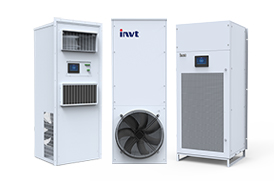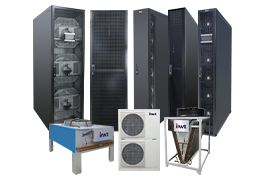5 Data Center Cooling Mistakes to Avoid
Cooling a data center seems simple. You install traditional HVAC equipment, blow air through the data center, and then call it a day, right? Not necessarily. Data center cooling is a complex topic, and it's easy to make mistakes that can reduce the efficiency and effectiveness of your cooling system. With this fact in mind, let’s take a look at a few common mistakes made during data center cooling, along with tips on how to avoid them.
1. Only consider air cooling
Air cooling, which circulates air within the data center to dissipate heat from servers and other equipment, is a traditional and simplest method of cooling data centers. Cheapest in terms of upfront cost, as air circulation equipment is relatively cheap to install.
But you should also consider an alternative to air cooling: liquid cooling, which uses liquid to dissipate heat. Liquid cooling is 10 times more effective than air cooling in helping to dissipate heat from data center equipment. The disadvantage is that liquid cooling systems are much more expensive to install and more complex to maintain.
So when deciding whether liquid cooling is right for you, consider your budget, how much heat your data center hardware generates, and how quickly it can be dissipated.
The point is, that it's a mistake to think that air cooling is the only solution available. When planning how to cool your data center, be sure to consider liquid cooling systems as well.
2. Too many servers per rack
If air cooling is used, the ability of air to circulate within the server rack will be critical to effective heat dissipation. If too many servers are crammed into each rack, air circulation may be blocked.
Therefore, consider how cooling will be affected if each rack is filled. Although you want to make sure you don't waste too much rack space, leaving some open space can help prevent air from having a hard time moving around.
3. The rack placement is not ideal
The placement of server racks on the data center floor can also significantly affect the efficiency of air cooling. There are several ways to optimize rack layout for cooling purposes, and which method is best for you depends on how well your data center facility can accommodate airflow.
The traditional strategy for optimizing cooling efficiency is called hot aisle/cold aisle. In this approach, the fronts of the server racks face each other so that hot air exhausted from the rear of the server racks is dissipated into the aisles between the racks.
If hot air is simply absorbed throughout the data center facility, then hot aisle/cold aisle is usually the best cooling method. But if you have an air containment system built into your facility, you can have the backs of the servers facing each other and direct the hot air into the enclosed space, where it can then dissipate.
The takeaway here is that you have to consider the design of your entire data center facility to determine how to place the racks. If you have wide open spaces, a hot aisle/cold aisle rack layout is the best way to manage cooling, but more advanced data centers offer air containment methods that offer more efficient alternatives to hot aisle/cold aisle layouts.
4. Lack of heat dissipation data
The performance you expect when designing a cooling system may not be consistent with actual performance. But you wouldn’t know this unless you track cooling performance on an ongoing basis.
That's why it's important to monitor temperatures throughout your data center. By collecting temperature data from multiple locations within a facility, you can tell where cooling bottlenecks are—for example, this might happen if shrinkage of space within a server rack causes hot air to collect where it shouldn't. Temperature monitoring can also help identify situations where equipment failure (such as a broken fan) results in inefficient cooling.
5. Forgot the roof
A data center roof may not seem like an important consideration for data center cooling, but it is. Roof color and material can affect cooling efficiency, especially in areas with higher outdoor temperatures and sun exposure.
Optimizing a roof for cooling purposes is not as important as measures such as optimizing server rack layout, but it should still be on your list of items to consider when planning your cooling strategy.
In conclusion
Data center cooling is more complex than it often appears. To implement it correctly, you must consider factors such as which type of cooling system to use, how to lay out the equipment within the data center, and how to collect data on cooling performance. Simply blowing air to cool the device may do the trick, but it may not be the most cost-effective or energy-efficient way to do it.

 networkpowersales@invt.com.cn
networkpowersales@invt.com.cn
